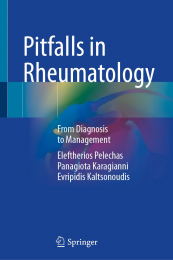Non ci sono recensioni
DA SCONTARE
One of the main reasons that this Fascicle was undertaken is that for some years there has been no single, up-to-date book containing extensive information on benign and reactive lymphoid conditions. Although malignant processes garner the majority of attention, it is the benign processes that have an underlying complexity that is often an illustration of the delicate interplay of many components of the active immune system. In diagnosing the pathologic specimen, a basic approach is: 1) to determine if the process is benign or malignant, 2) if malignant, to characterize the origin of the malignancy, and 3) to subclassify or identify the process. In some cases, the first part—the question of benign versus malignant—cannot be resolved by histomorphologic evaluation alone. The second part of the approach has become considerably easier with the advent of immunophenotypic analysis. The final issue, that of identification of the pathologic process, may be of greater or lesser importance, depending on the clinical situation. If an exact diagnosis can be made, it can have several benefits. In the case of neoplastic processes, it may indicate the type of treatment and the prognosis. In benign processes, there are other important benefits as well. Although some therapies may be instituted in benign conditions, often simply naming a thing can have great benefit to the patient. It is important to realize that even in the case of a purely reactive process, finding a name, a category, a classification, can provide real peace-of-mind to the patient. As American Journal of Clinical Pathology declares, “The hundreds of images are the greatest asset of this book. There are extraordinary renditions of such exquisite classic (yet rarely illustrated) entities: ‘sago’ and ‘lardaceous’ spleens, ‘lollipop’ and ‘explosive’ lymphoid follicles, multinucleated measles cells and hyperplastic mesothelial inclusions, and sundry mystifying diseases, including those known eponymously: Kawasaki, Kikuchi, and Kimura.” Am J Clin Pathol 2010; 133:818 For pathologists, and hematopathologists specifically, Drs. O’Malley, George, Orazi, and Abbondanzo have created a book that will serve for years as a useful guide to the multifaceted world of benign and reactive lesions of the lymphoid system.





